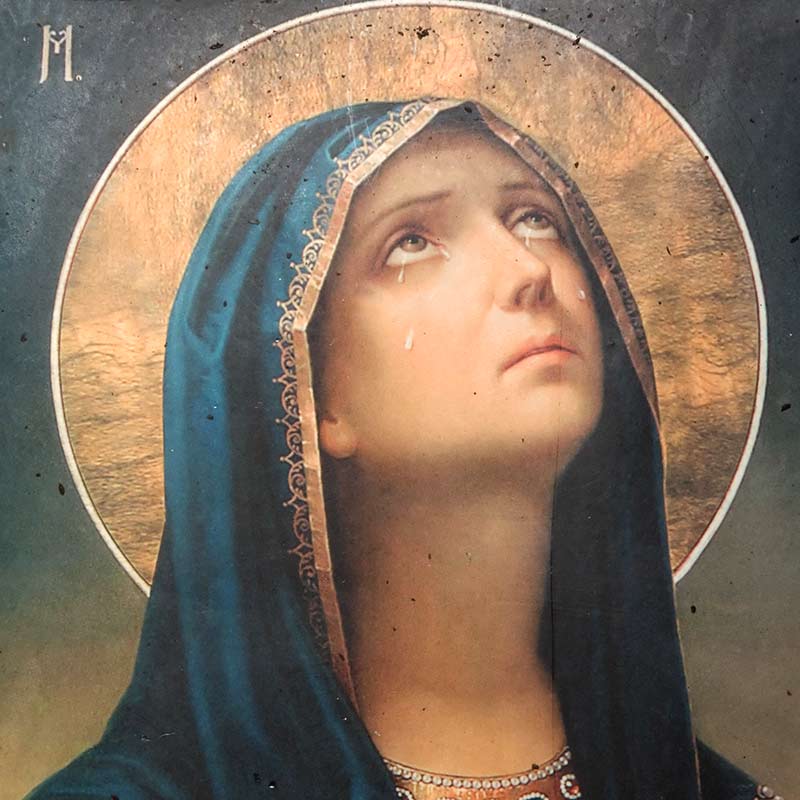The Catholic Church celebrates the feast of Our Lady of Sorrows on September 15, the day after the feast of the Holy Cross to show the close connection between Jesus’ Passion and Mary’s Sorrows. This advocation has its roots in the Gospel. This form of Marian piety goes back to the fourteenth century, but Mary’s compassion was remembered from early centuries. The devotion to the Sorrows of Mary properly appears toward the middle of the fourteenth century. Contributing authors may have been Henry Suso (d. 1366) and other Rhenish mystics. Devotion to the five sorrows of Mary appears first and eventually develops into devotion to seven sorrows. In fact, two lists of seven sorrows were drawn up, one including the infancy and childhood of Jesus Christ, the other concentrating on the Passion. Pray here to Our Lady of Sorrows
Kościół katolicki obchodzi święto Matki Bożej Bolesnej 15 września, dzień po święcie Krzyża Świętego, aby pokazać ścisły związek między męką Jezusa a boleściami Maryi. To wezwanie ma swoje korzenie w Ewangelii. Ta forma pobożności maryjnej sięga XIV wieku, ale współcierpienie Maryi wspominano i czczono już od wczesnych wieków. Nabożeństwo do Boleści Maryi słusznie pojawia się w połowie XIV wieku. Współautorami mogli być Henry Suso (zm. 1366) oraz inni mistycy Reńscy. Nabożeństwo do pięciu boleści Maryi pojawia się jako pierwsze i ostatecznie przekształca się w Nabożeństwo do siedmiu boleści. W rzeczywistości sporządzono dwie listy siedmiu boleści, jedną obejmującą niemowlęctwo i dzieciństwo Jezusa Chrystusa, a drugą dotyczącą Jego męki. Tutaj znajdziesz modlitwę do Matki Bożej Bolesnej

